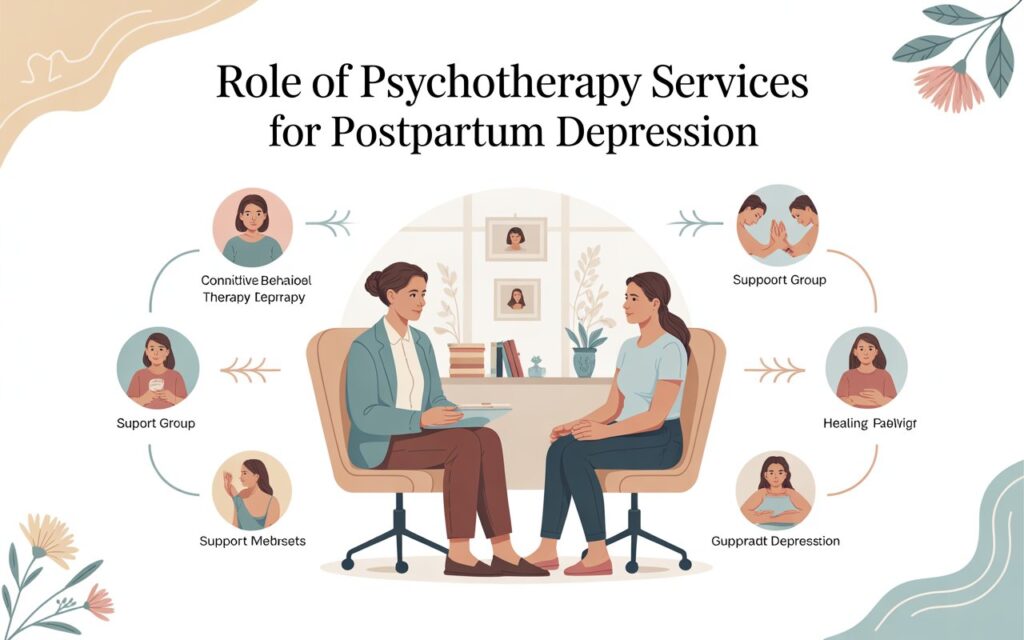Scar laser treatment is a modern, non-invasive dermatological procedure designed to reduce the visibility of scars on the skin. This method uses focused beams of light to either remove the outer layer of the skin or stimulate the regeneration of skin cells, depending on the type of laser used. It is widely used for treating scars caused by acne, injuries, surgeries, or burns. The goal is to restore a more even skin tone and texture, improving the overall appearance of the scarred area.
Types of Lasers Used in Treatment:
There are different types of Scar Laser Treatment in Dubai (إزالة الندبات بالليزر في دبي), each offering unique benefits. Ablative lasers, such as CO2 and Erbium YAG, work by removing layers of skin and encouraging new cell growth. These are often used for deeper or more severe scars. Non-ablative lasers, like fractional lasers, target the underlying skin without harming the surface. They stimulate collagen production, which helps the skin heal and fill in scar tissue gradually. The choice of laser depends on the type, depth, and location of the scar.
Preparing for the Procedure:
Before undergoing laser treatment, a thorough skin assessment is conducted. This helps determine the type of scar, skin type, and the appropriate laser to use. Patients are typically advised to avoid sun exposure, tanning, and certain skincare products for a few weeks before the procedure. Pre-treatment photographs may be taken to track progress. Additionally, individuals with active acne, infections, or skin sensitivity may need to delay treatment until their skin is better prepared.
The Laser Treatment Session:
During a laser treatment session, the target area is cleansed and a topical anesthetic may be applied to reduce discomfort. The laser device is then passed over the scarred skin, emitting pulses of light that penetrate the skin layers. The sensation during the treatment varies, but most people describe it as a warm or snapping feeling. Depending on the size and severity of the scar, sessions can last anywhere from 15 minutes to over an hour. Protective eyewear is worn to shield the eyes from laser light.
Recovery and Immediate Aftercare:
After treatment, the skin may appear red, swollen, and slightly tender—similar to a mild sunburn. These effects are temporary and usually subside within a few days to a week. Applying cold compresses, hydrating creams, and avoiding sun exposure are key to managing recovery. It’s also crucial to follow any aftercare instructions provided, which may include using gentle cleansers and avoiding makeup or harsh skincare products for a few days. In some cases, mild peeling or crusting may occur as the skin heals.
Multiple Sessions and Long-Term Results:
While noticeable improvement can be seen after just one session, multiple treatments are often recommended for optimal results. The number of sessions required depends on the scar’s age, depth, and location. Treatments are typically spaced a few weeks apart to allow the skin time to heal between sessions. Over time, the scarred area becomes smoother, more flexible, and blends better with the surrounding skin. Results continue to improve gradually as collagen production increases in the treated area.
Who Is an Ideal Candidate?
Laser scar treatment is suitable for individuals with various types of scars, including acne scars, surgical scars, and injury-related scars. However, ideal candidates should be in good health, have realistic expectations, and not have any underlying skin conditions that could complicate the healing process. People with darker skin tones may require specific lasers to reduce the risk of pigmentation changes. A thorough consultation and skin evaluation help determine the suitability of the treatment for each individual.
Potential Risks and Considerations:
Although laser scar treatment is generally safe, it’s important to be aware of potential risks. These include temporary redness, swelling, skin sensitivity, changes in pigmentation, or, in rare cases, blistering and infection. Choosing the appropriate laser type for your skin and following aftercare instructions can greatly reduce these risks. Long-term sun protection is essential after treatment, as freshly treated skin is more sensitive to UV damage. With proper care, laser treatment can significantly improve the look and feel of scarred skin.
Conclusion:
Scar Laser Treatment in Dubai (إزالة الندبات بالليزر) is a powerful and effective option for those looking to minimize the appearance of scars. By understanding the full process—from preparation and the procedure itself to aftercare and expected results—individuals can make informed decisions and set realistic expectations. With advancements in laser technology and proper skin care, achieving smoother, clearer skin is now more attainable than ever.









